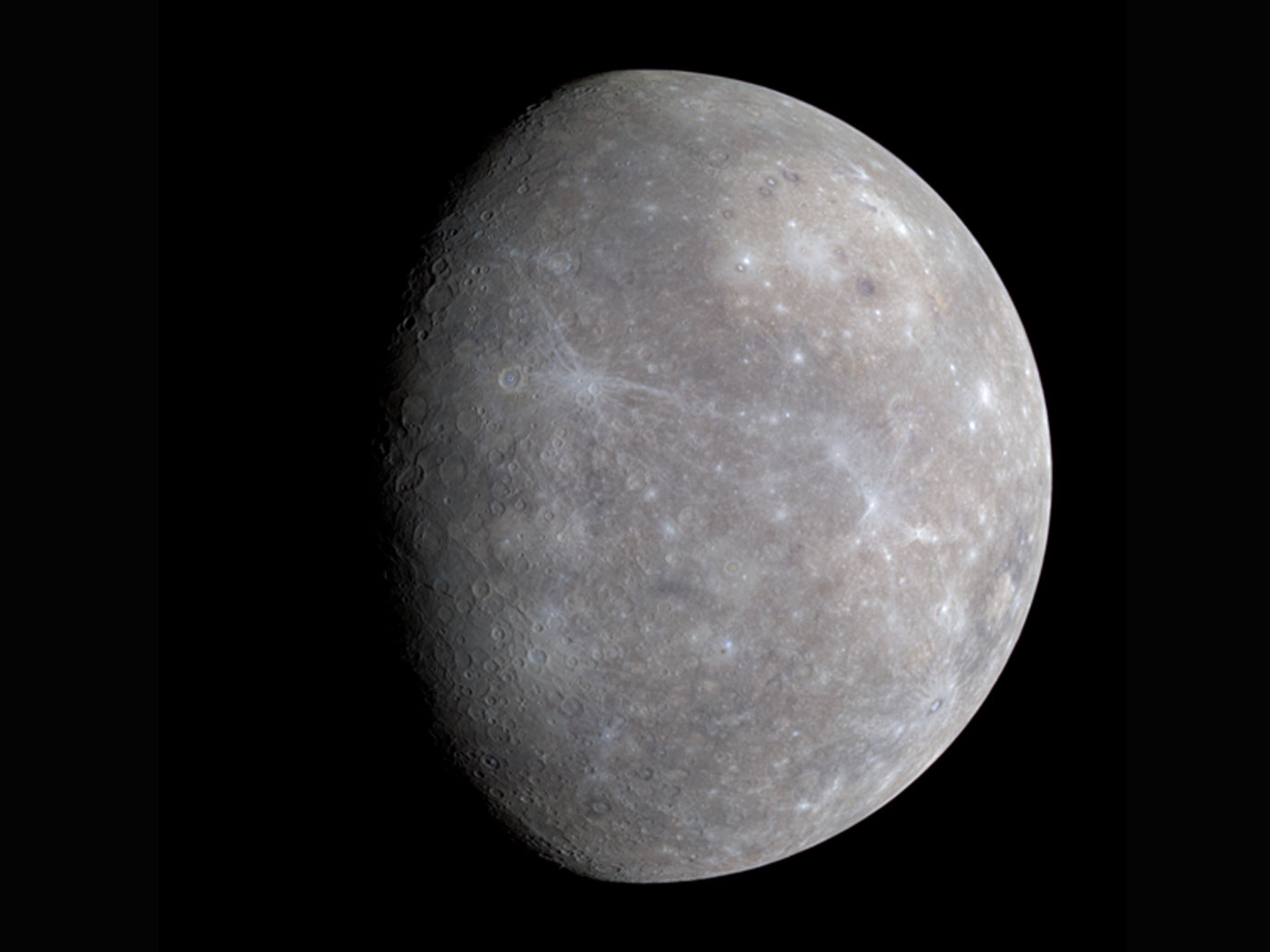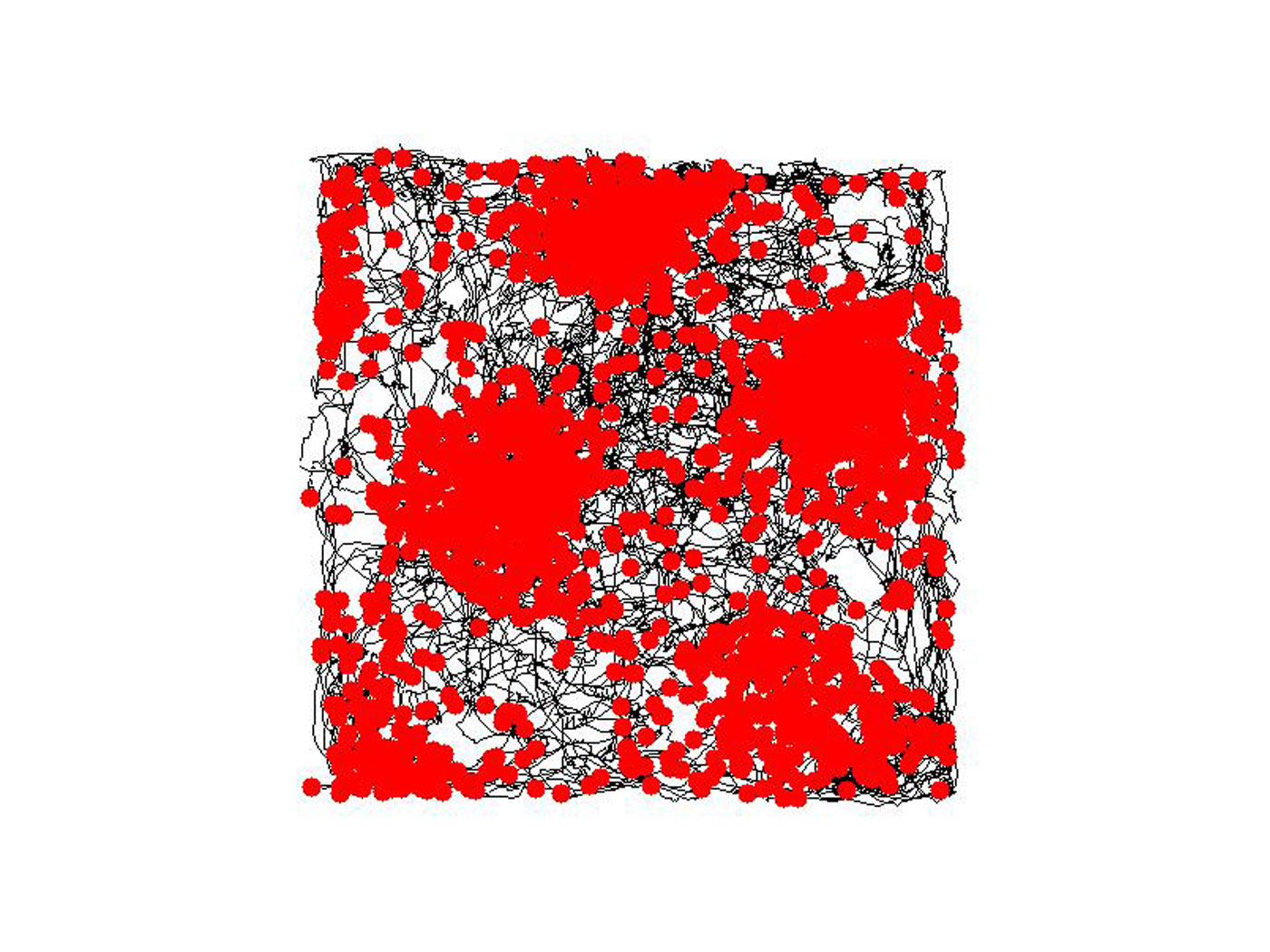The Flood was both sudden and rapid. The burial of creatures—including delicate plants and soft-bodied animals like jellyfish1—occasionally resulted in amazing preservation.2
Parasites are a sad fact of life ever since the Fall and Curse thousands of years ago.3 Like jellyfish, they have been found ensconced in sedimentary rocks.
Scientists recently made a significant discovery of a fossilized marine flatworm (i.e., tapeworm) in amber.4 This tapeworm belongs to a group of cestodes called the Trypanorhyncha that are unique only to rays and sharks (elasmobranchs). Their design is unlike other tapeworms in that they have tentacles (as well as an extraordinary scolex on the anterior end with hooks and suckers5).
A group of evolutionists reported in GeoScienceWorld of a
...slender, armed fossil from mid-Cretaceous Kachin (Myanmar) amber (ca. 99 Ma). This fossil displays unique external (armature pattern) and internal (partially invaginated tentacle and rootless hooks) features that are most consistent with the tentacles of extant trypanorhynch tapeworms that parasitize marine elasmobranchs (mainly sharks and rays).6
The authors give too much credit to the supposed preserving power of amber after so many “millions of years.” They state, “the exquisite invaginated tentacle inside the fossil highlights that amber can preserve the internal structure of helminths.”6 This is incorrect. ICR’s Brian Thomas, Ph.D., describes other amber-encased fossils.
Many amber-encased insects, plant parts, lizard body parts, and other fossils show definite signs of decay. Sometimes their body cavities turn to empty shells. Many other insect bodies convert into a whitish mass. After fewer than a million years—to say little of 15 to 45 times longer than that—all these trapped carcasses should have totally fallen apart. But many amber-trapped carcasses, like this bloated tick and its associated red blood cells, look far too pristine to have been sitting there for millions of years.7
Does this fossilized tapeworm offer a glimpse of parasite evolution? It seems speculative at best. “Whether fossil parasite specimens will ever come to light to provide clarification for pivotal events early in the evolution of major parasite groups remains a matter for speculation.”8
Creation zoologists see helminths (worms) and other parasites, such as the single-celled protozoa, as a consequence of the Curse thousands of years ago. Accordingly, it doesn’t require long periods of time for their presumed evolution as proposed by conventional science. Two zoologists stated, “In fact, free-living species could become parasitic without substantial anatomical or physiological changes.”9 One evolutionist asked, “How often has parasitism arisen as a mode of existence in the history of life on Earth? We cannot answer this question yet.”10
Indeed, from the limited number of parasite fossils that have been found, they are very much like the parasites of today. Regarding this amber-encased tapeworm, as well as tongue worms, “Ancient fossils look like modern-day pentastomid larvae [tongue worms].”11 There is no indication of parasite evolution.
Finally, the amber enclosing the tapeworm was found in a mix of terrestrial and marine material, which is expected from a Flood perspective.12,13 de Lazaro described this mixing,
Along with the remarkable example of a marine endoparasite trapped in amber, some gleicheniacean trichomes [plant hair-like structures] and a scale insect nymph were also preserved with the partial worm fossil in the same amber specimen.
This clearly indicates a terrestrial or onshore environment at the time of entrapment in resin.
In addition, many sand grains were evenly distributed throughout the amber, suggesting that the fossil was entombed in a sandy environment.
Furthermore, previous evidence shows that the Kachin amber was deposited in a near-shore environment.
One possible scenario for the deposition of the tapeworm in the amber is that its elasmobranch host was stranded by a tide or storm.4
Luo et al. said, “our study provides an exceptional example of a marine endoparasite trapped in terrestrial amber.”6
The existence of a fossilized marine tapeworm (and other marine material) in terrestrial amber is best explained by deposition during the biblical Flood about 4,500 years ago.
References
- Sherwin, F. The Oldest Known Jellyfish. Creation Science Update. Posted on ICR.org August 17, 2023, accessed April 20, 2024.
- Thomas, B. What Does It Take to Fossilize a Brain? Creation Science Update. Posted on ICR.org March 11, 2009, accessed April 20, 2024.
- Sherwin, F. 2021. Did God Make Harmful Parasites in the Beginning? Acts & Facts. 50 (1): 20.
- de Lazaro, E. Ancient Marine Tapeworm Found Encased in 99-Million-Year-Old Amber. SciNews. Posted on sci.news March 27, 2024, accessed April 20, 2024.
- Roberts, L. and J. Janovy. 2013. Foundations of Parasitology. New York, NY: McGraw Hill, 345.
- Luo, C. et al. Exceptional preservation of a marine tapeworm tentacle in Cretaceous amber. GeoScienceWorld. Posted on geoscienceworld.org March 22, 2024, accessed April 20, 2024.
- Thomas, B. Amber-Encased Blood Cells Look Fresh. Creation Science Update. Posted on ICR.org April 17, 2017, accessed April 20, 2024.
- Loker, E. and B. Hofkin. 2015. Parasitology: A Conceptual Approach. Boca Raton, FL: CRC Press, 282.
- Miller, S. and J. Harley, 2013. Zoology. New York, NY: McGraw Hill, 235.
- Poulin, R. 2007. Evolutionary Ecology of Parasites. Princeton, NJ: Princeton University Press, 10.
- Loker, E. and B. Hofkin. 2015. Parasitology: A Conceptual Approach. Boca Raton, FL, CRC Press, 281.
- Clarey, T. 2019. Marine Fossils Mixed with Hell Creek Dinosaurs. Acts & Facts. 48 (4).
- Clarey, T. 2015. Dinosaurs in Marine Sediments: A Worldwide Phenomenon. Acts & Facts. 44 (6).
Stage image: These species of tapeworm are unique only to elasmobranchii (sharks), like the great white shark.
* Dr. Sherwin is a science news writer at the Institute for Creation Research. He earned an M.A. in invertebrate zoology from the University of Northern Colorado and received an Honorary Doctorate of Science from Pensacola Christian College.






















